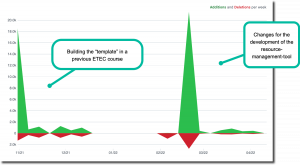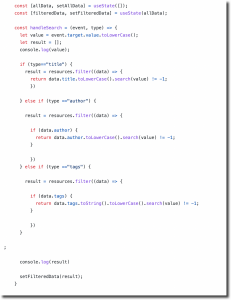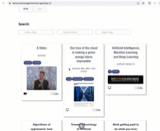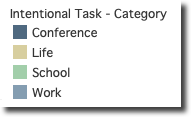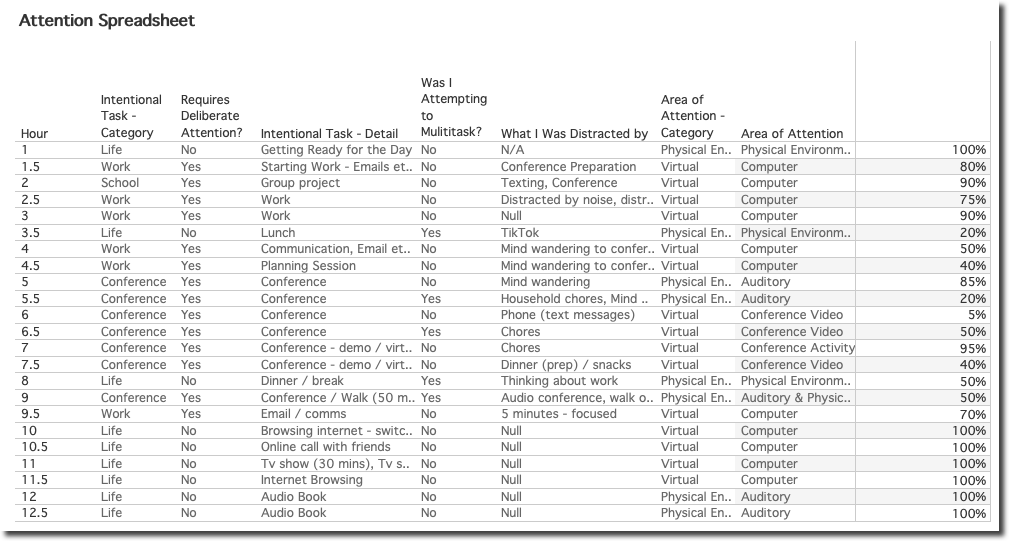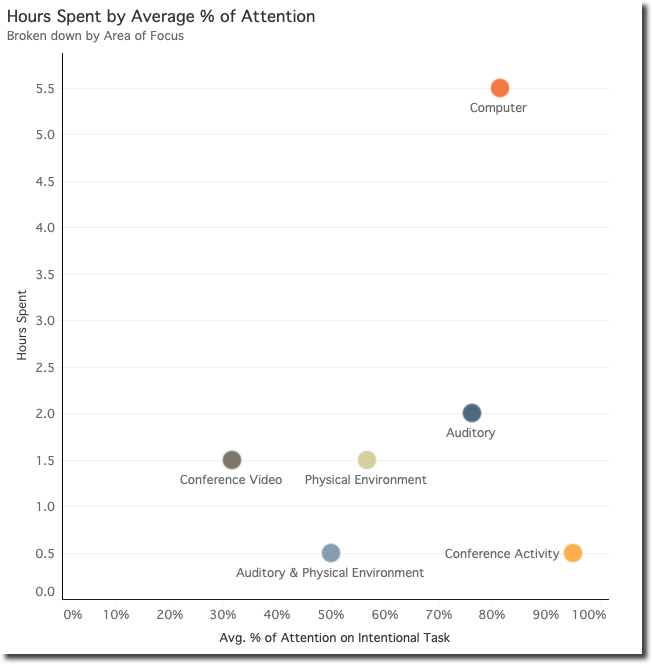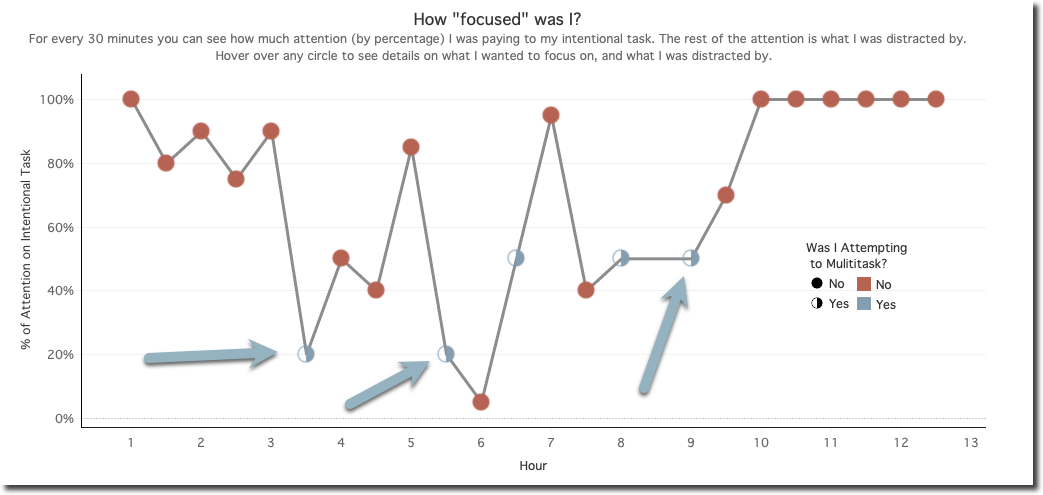Key Figures of AI
Alan Turing was a mathematician, more recently most famously known for his role in code breaking during WW2. The “Turing Test” was a thought experiment, now named for Turing, that asked if responses from a computer or human could be distinguished by humans. Turing thought that machines could indeed “think”, and this has been foundational in AI as we know it (Salecha, 2016). For Turing, anything could be intelligent if they can “think” – and this can be demonstrated by responses to questions.
John McCarthy created the term Artificial Intelligence in 1955 and an early programming language Lisp in 1958 (Computer History Museum, 2021). Lisp introduced operators, notation and functions that has lead to algorithm creation and contributed to modern AI research (Lisp, 2022) McCarthy might say that intelligence depends on the use of common sense knowledge (Allganize, 2020), and it is simply the completion of simple to complex tasks (Crawford, 2021)
Herbert Simon was a social scientist who along with Allen Newel developed the Logic Theory Machine (Newell & Simon, 1956). This machine has been said to be the first artificially intelligent machine – it was able to use logic to solve problems once thought unsolvable by machines (Britannica, 2021). Simon might define intelligence in the same way – the ability to apply appropriate logic to solve given problems.
Marvin Minsky built the first neural network simulator (Dennis, 2022). Neural networks are used as models for machine learning that mimic the neural networks of the human brain. Data is an input that goes through a neural network layer to create an output – the network can be “trained” to know whether the output is correct or incorrect and improve accuracy over time. Minsky would define intelligence as the ability to come to a correct answer given appropriate input.
Timnit Gebru is an AI researcher. Gebru is known for her questioning of AI models, for example she left Google after being censored for work related to racist algorithms (Perrigo, 2022). For all of the benefits of AI, there are social issues of algorithm bias that need to be considered more thoughtfully as the technology advances. Gebru might argue that an important distinction between human and artificial intelligence is that the latter must be evaluated from social and ethical constructs.
Language
Programming languages are predefined and do not change without human intervention over time, they do not “share” vocabulary between languages. Although, they may interpret data similarly (i.e. “meta-data” in the Semantic Web) (Jones, 2020). Human languages evolve and change over time, which includes the adoption of phrases and words from various languages. The largest difference between these kinds of language is how they are expressed and interpreted: human language can be expressed by voice, sign, expression, etc, and are similarly interpreted by humans. While programming languages are designed to express any variety of outputs which are defined in the code itself and can be expressed as such by computers, while being simply “read” by humans.
Learning
Machine learning (ML) is an area of AI regarding the development of algorithms that allow computers to detect patterns in provided data. ML provides only a model or an algorithm which allows the machine to determine how to complete said task. In this sense, machine “learning” might better be described as training – as it is not spontaneous, autonomous, or rational (Crawford, 2021), as we would describe learning to be in humans. A danger in this is the potential for biased or unethical algorithms that come from skewed or biased data when we ignore the social, political, and technical infrastructures that ML has arisen from. Human learning is a cognitive process that occurs in any environment, with any input and can be demonstrated through a range of actions – there is no inherit danger in human learning.
Intelligence
In psychometrics cognitive abilities can be described as a hierarchy from task-specific skill to generalized intelligence (Chollet, 2019). Machine intelligence occurs when a task can be complete without prescriptive orders. We would be remiss to make the same connections about human intelligence – how/what/that a human learns does not necessarily indicate a level of intelligence. For example, a human who plays chess might be deemed “intelligent”, but a machine that does so may not, they would be solving a specific task (Chollet, 2019). Additionally, human intelligence can be said to be more complex than simply solving a problem and may include emotion, and self and social awareness.
Turing Test
I don’t think the answers to these questions, in their original format, greatly differ from what a machine could generate, given the appropriate input to that machine. The generation of my answers do include more contextual information than what could be input into a machine – I have a more nuanced sense of what the expectations are and how these questions fit into the context of the ETEC course. Perhaps my answers, as a person with a certain style of writing and knowledge in the area might be distinguishable by a human who knows my writing. However, given appropriate models and time, I think there are enough advancements in artificial intelligence that could generate responses indistinguishable to a human, and perhaps even this human.
There are two versions of this piece in its original form – A and B. One was written by me (a bona fide human), another was generated using some free online AI systems (https://app.inferkit.com/demo, https://narrative-device.herokuapp.com/createstory)
I had the opportunity to revise this piece – which I hope has created some distinguishing features that don’t make the answers comparable to a machine! In its original format the responses were basically definitions (easy for a machine to recreate). This revision (hopefully) incorporates important information about the social and human constructs surrounding AI that are important to consider – which make this a more “human” piece of writing that is not machine-replicable.
References
Allganize. (September 4, 2020). How John McCarthy Shaped the Future of AI. Retrieved from: https://blog.allganize.ai/john-mccarthy/
Britannica, T. Editors of Encyclopaedia (2021, June 11). Herbert A. Simon. Encyclopedia Britannica. https://www.britannica.com/biography/Herbert-A-Simon
Chollet, F. (2019). On the Measure of Intelligence. ArXiv, abs/1911.01547.
Computer History Museum (2021). John McCarthy. Retrieved from: https://computerhistory.org/profile/john-mccarthy/
Crawford, K. (2021). Atlas of AI: Power, Politics, and the Planetary Costs of Artificial Intelligence. New Haven: Yale University Press. https://doi.org/10.12987/9780300252392
Dennis, M. Aaron (2022, January 20). Marvin Minsky. Encyclopedia Britannica. https://www.britannica.com/biography/Marvin-Lee-Minsky
Jones, R. H. (2020). The rise of the Pragmatic Web: Implications for rethinking meaning and interaction. In Message and Medium (pp. 17-37). De Gruyter Mouton.
Lisp (programming language). (2022). Retrieved February 11, 2022 from https://en.wikipedia.org/wiki/Lisp_(programming_language)
Newell, A. & Simon H. (1956). The logic theory machine–A complex information processing system. in IRE Transactions on Information Theory, vol. 2, no. 3, pp. 61-79, doi: 10.1109/TIT.1956.1056797
Perrigo B. (January 18, 2022). Why Timnit Gebru isn’t waiting for big tech to fix AI’s problems. Time. https://time.com/6132399/timnit-gebru-ai-google/
Salecha M. (June 30, 2016). Turing Test: A key contribution to the field of Artificial Intelligence. Analytics India Mag. Retrieved from: https://analyticsindiamag.com/turing-test-key-contribution-field-artificial-intelligence/#:~:text=The%20Turing%20Test%20proposed%20by,machines%20too%20can%20be%20intelligent.
